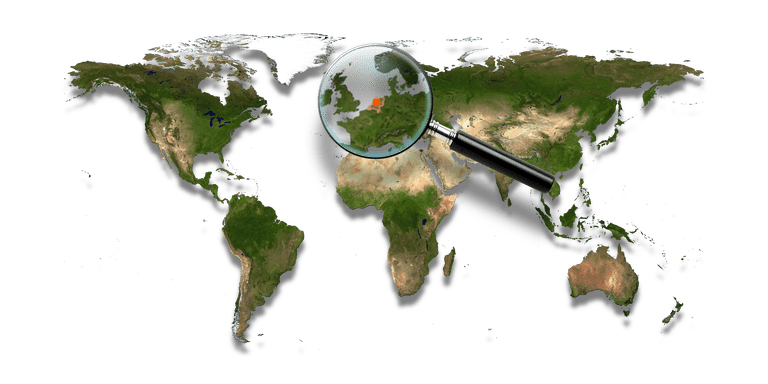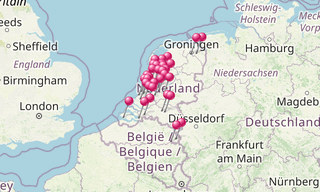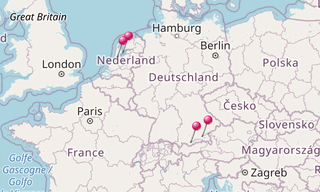Enkhuizen, in the region of West-Frisia, was one of the harbour-towns of the VOC, just like Hoorn and Amsterdam, from where overseas trade with the East Indies was conducted. It received city rights in 1355. In the mid-17th century, Enkhuizen was at the peak of its power and was one of the most important harbour cities in the Netherlands. However, due to a variety of reasons, notably the silting up of the harbours, Enkhuizen lost its position to Amsterdam. Nowadays, Enkhuizen continues the maritime tradition and has one of the largest marinas of the Netherlands.
It is also the location of the Zuiderzeemuseum, an open-air museum reflecting life in the villages around the Zuiderzee throughout history. Most of the buildings in the museum come from other locations in the Netherlands, such as Purmerend and Amsterdam.
The impetus for the founding of the Zuiderzeemuseum in Enkhuizen was an exhibition that was held around 1930 in the park along the sea wall. In this Zuiderzee Visscherij Tentoonstelling (Southern Sea Fishing Exhibition) were displayed cardboard houses and costumed locals from around the Zuiderzee.
The plans for a museum were put on hold as the threat of war rose (and as it subsequently broke out). In the summer of 1949 the first exhibition was set up in the Drommedaris, the 16th century defensive tower in the harbour; this marked the birth of the indoor part of the museum.
Due to the success of this exhibition, the Zuiderzeemuseum obtained warehouses on the Wierdijk (including the Peperhuis) from seed company Sluis and Groot for the symbolic amount of 1 guilder. The Dutch government eventually took over these buildings and restored them, and maintains them until today.

-Zuiderzeemuseum.hero.landscape.jpg?w=1600)


-Zuiderzeemuseum.jpg?w=256)
-Zuiderzeemuseum.jpg?w=256)
-Zuiderzeemuseum.jpg?w=256)
-Zuiderzeemuseum.jpg?w=256)
-Zuiderzeemuseum.jpg?w=256)
-Zuiderzeemuseum.jpg?w=256)
.hero.jpg?w=320)

-Zuiderzeemuseum.hero.jpg?w=320)
